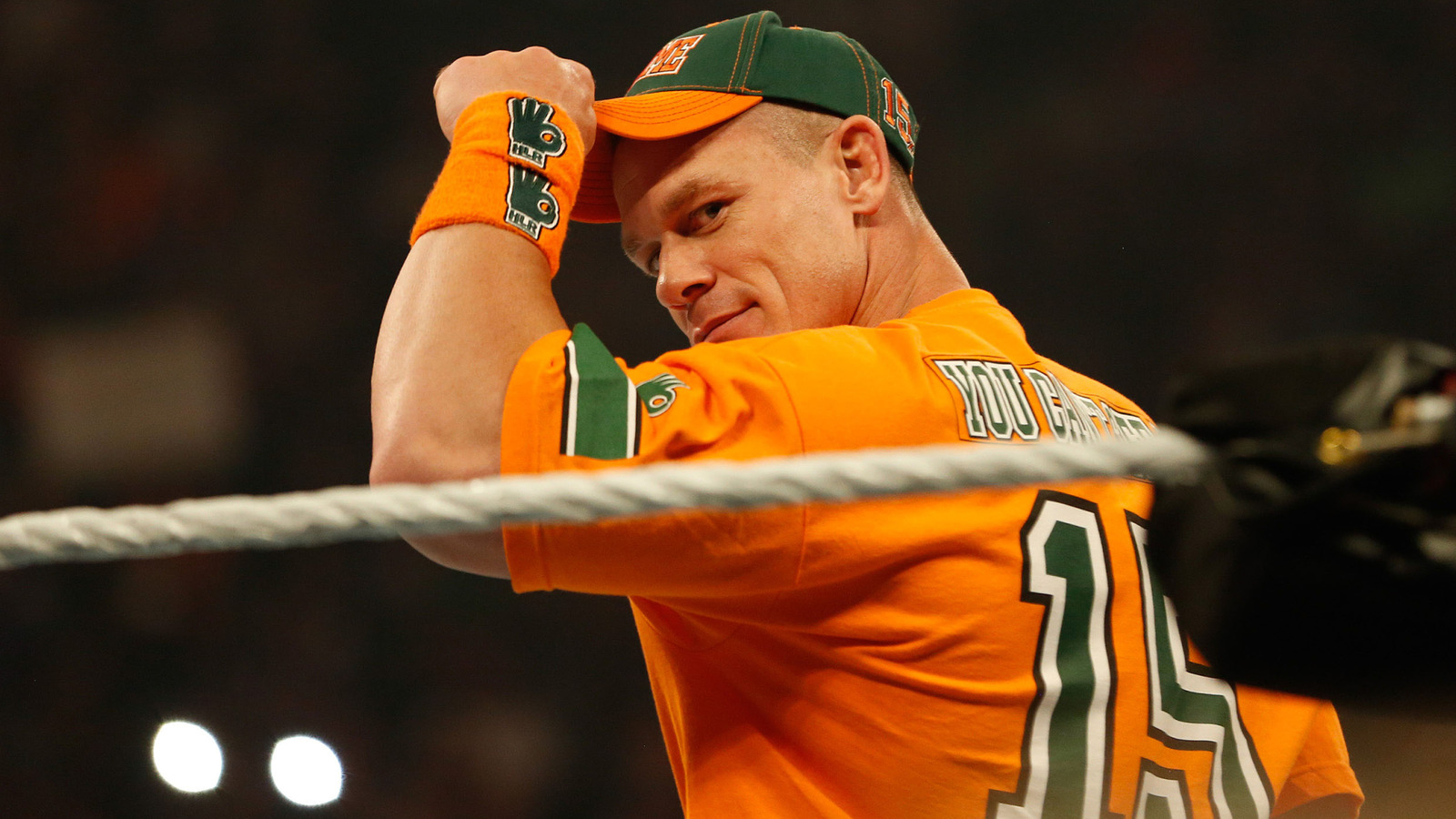
The history of professional wrestling as we know it stretches back over 100 years, and you could even trace its roots to ancient Greece. Considering the long and complex history, it can be useful for wrestling fans and historians to divide time periods up into "eras" for purposes of discussion.
There isn't one single metric to measure eras by, as each one stood out for different reasons. In our estimation, each era is best measured by the various traits that defined it, whether that's in-ring style, the popularity of certain performers, or the behavior of promoters.
For example, the carnival and territory eras were two periods in wrestling's history marked by the way business was done, while the Burns and Gotch era and WWE's New Generation era were largely determined by the talent dominating the scene at the time. As the industry consolidated into fewer companies at the top, eras grew to become more defined by their actual content.
It would be next to impossible to get any group of wrestling fans to come to an agreement on what constitutes an era, and every list would likely look different. However, we'll be taking a look at a few of the favorite eras of our staff here at Wrestling Inc.
From the late 1980s through the 1990s, pro wrestling experienced something of a golden age in Japan, driven largely by a fierce rivalry between New Japan Pro-Wrestling and All Japan Pro-Wrestling, as well as the work of the women in All Japan Women's Pro-Wrestling. For many fans, including those here at WINC, this period is among the greatest in the industry's history.
At the end of the 1980s, NJPW and AJPW were competing for the spot of the top promotion in Japan. By introducing a new, hard-hitting style that would later become known as King's Road, along with masterful booking from Giant Baba, AJPW started to pull ahead.
The AJPW roster at the time featured legendary Japanese wrestlers such as The Four Pillars of Heaven: Kenta Kobashi, Mitsuharu Misawa, Toshiaki Kawada, and Akira Taue. AJPW also had the benefit of international talent like Stan Hansen and "Dr. Death" Steve Williams, while over in Antonio Inoki's NJPW, they had performers like Riki Choshu, Jushin "Thunder" Liger, and The Great Muta to rely on. At the same time, AJW was finding great success with stars like Aja Kong and Bull Nakano.
This period led to many phenomenal matches that are still remembered to this day, including Kobashi and Tsuyoshi Kikuchi against the Can-Am Express in AJPW, and the trio of NJPW classics between Ultimo Dragon and Shinjiro Otani. NJPW would eventually surpass AJPW in popularity and cement itself as the top promotion in Japan, but the rivalry years are still remembered for producing excellent wrestling across the board.
Some might balk at the choice of Ruthless Aggression over the Attitude Era or another point in WWE's history, but it's undeniable that a number of our writers grew up watching John Cena, Randy Orton, and other stars of this period make their ascension to the main event. From 2002 into 2008, this era saw the company attempt to strike a balance between the raunchiness of the 1990s and the strict boundaries of the "PG Era" that would follow. Asthe name implies, the Ruthless Aggression era was primarily about action.
Now that WWE was a publicly-traded company, it could no longer rely on sex appeal or shock value as it had in years prior. Still, as CEO, Vince McMahon attempted to maintain momentum from the 1990s while building up new stars to replace "Stone Cold" Steve Austin and Dwayne "The Rock" Johnson, with Cena and Orton as two prime examples.
Ruthless Aggression was far from perfect, with storylines that not only stretched the bounds of believability but often left our plane of reality entirely. There were some gems from time to time, though, and the actual quality of wrestling took a sharp upturn compared to the Attitude Era. Standout matches from the era include Shawn Michaels vs. Kurt Angle at WrestleMania 21, Edge vs. Mick Foley at WrestleMania 22, and Triple H vs. Batista at WWE Vengeance 2005.
Although we can't look at it with the same rose-colored glasses as past eras, modern professional wrestling is arguably more exciting than it's ever been. There are more companies to support than ever, and no matter what kind of wrestling you like, it's a near certainty that you can find a promotion that suits you.
The exact point when the modern era began can be left up for debate, but we'd argue that it was sometime between the creation of AEW and Triple H being named Chief Content Officer of WWE. Since then, the landscape of wrestling has shifted drastically. While WWE continues doing bigger business than ever with a focus on long-term storytelling, Tony Khan's rival promotion offers a barrage of impressive in-ring performances, and there are plenty more options out there for those who are interested in diving deeper.
An added benefit of today's era is that wrestling is more accessible than ever, and that includes the profession's past. Whether you're hoping to catch up on the latest episode of "WWE Raw," or you want to get caught up on past editions of NJPW's G1 Climax tournament, it's possible to do it all without leaving the confines of your TV or computer.

